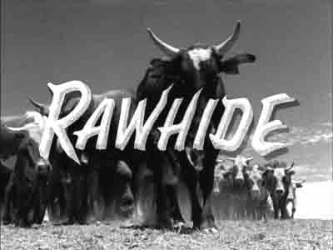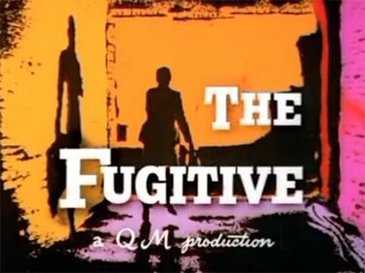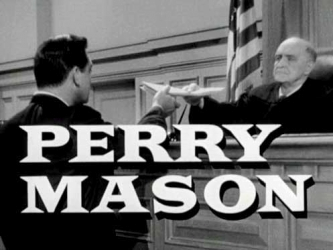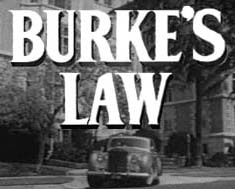SWC75
Bored Historian
- Joined
- Aug 26, 2011
- Messages
- 34,525
- Like
- 67,264
WAGON TRAIN 1/20/64 The Geneva Balfour Story
There were two famous “on the trail” TV westerns: ‘Wagon Train‘ (1957-65) and ‘Rawhide’ (1959-66). The first was the story(s) of people moving across the west from Missouri to California in a wagon train. The second was the story of cattle drives from Texas north to Missouri, (Although they made tit o Minnesota one year). Both were great shows. Wagon Train had the advantage that you can get more stories from people than from cows. Rawhide had to get their drovers involved in the problems of people they met along the way when they would have no time for it as they were trying to get a herd of cattle to market. But you can either complain about things like or go along with it and enjoy the show and both shows had interesting stories and strong casts and great characters.
I was in New York City some years back to take in some of the plays. I got back to my hotel after seeing them and wasn’t tired yet so I flipped on the TV and there was an episode of Wagon Train, a show I hadn’t seen since it want off the air back in the 60’s. It was about a frequent crisis for both shows: finding water. Within 5 minutes, I was thinking like a member of the Wagon Train, trying to figure how to get to the next water hole. I realized that none of the plays I’d seen, as good as they were as theater, had the same impact: I was never transported to the local of the play. I had always been aware of boing in a theater. Now I was trying to get through the desert with the ‘Wagon Train’.
Wagon Train - Wikipedia
I looked through the Wagon Train episodes on the IMDB and believe this is the one I was watching on that occasion:

 www.imdb.com
www.imdb.com
One of the things that stuck me is that the wagon master, Chris Hale, (John McIntyre, my all-rime favorite character actor), decides he must lie to the people on the train about the peril of their position to give them hope. When they find out that he has done so, they want to lynch him. He puts the noose on his neck himself but give them a speech about the necessity of hope. (What Dino Babers would call “belief without evidence”.)
And this on is on You-Tube! Re-watching it, I find that the issue was more about food than water, (a disturbed young women had burned the wagon with their food supply), but it’s the same dramatic situation and Hale’s speech at the end is worth the journey.
There were two famous “on the trail” TV westerns: ‘Wagon Train‘ (1957-65) and ‘Rawhide’ (1959-66). The first was the story(s) of people moving across the west from Missouri to California in a wagon train. The second was the story of cattle drives from Texas north to Missouri, (Although they made tit o Minnesota one year). Both were great shows. Wagon Train had the advantage that you can get more stories from people than from cows. Rawhide had to get their drovers involved in the problems of people they met along the way when they would have no time for it as they were trying to get a herd of cattle to market. But you can either complain about things like or go along with it and enjoy the show and both shows had interesting stories and strong casts and great characters.
I was in New York City some years back to take in some of the plays. I got back to my hotel after seeing them and wasn’t tired yet so I flipped on the TV and there was an episode of Wagon Train, a show I hadn’t seen since it want off the air back in the 60’s. It was about a frequent crisis for both shows: finding water. Within 5 minutes, I was thinking like a member of the Wagon Train, trying to figure how to get to the next water hole. I realized that none of the plays I’d seen, as good as they were as theater, had the same impact: I was never transported to the local of the play. I had always been aware of boing in a theater. Now I was trying to get through the desert with the ‘Wagon Train’.
Wagon Train - Wikipedia
I looked through the Wagon Train episodes on the IMDB and believe this is the one I was watching on that occasion:

"Wagon Train" The Geneva Balfour Story (TV Episode 1964) ⭐ 7.6 | Western
1h 15m | TV-PG
One of the things that stuck me is that the wagon master, Chris Hale, (John McIntyre, my all-rime favorite character actor), decides he must lie to the people on the train about the peril of their position to give them hope. When they find out that he has done so, they want to lynch him. He puts the noose on his neck himself but give them a speech about the necessity of hope. (What Dino Babers would call “belief without evidence”.)
And this on is on You-Tube! Re-watching it, I find that the issue was more about food than water, (a disturbed young women had burned the wagon with their food supply), but it’s the same dramatic situation and Hale’s speech at the end is worth the journey.













